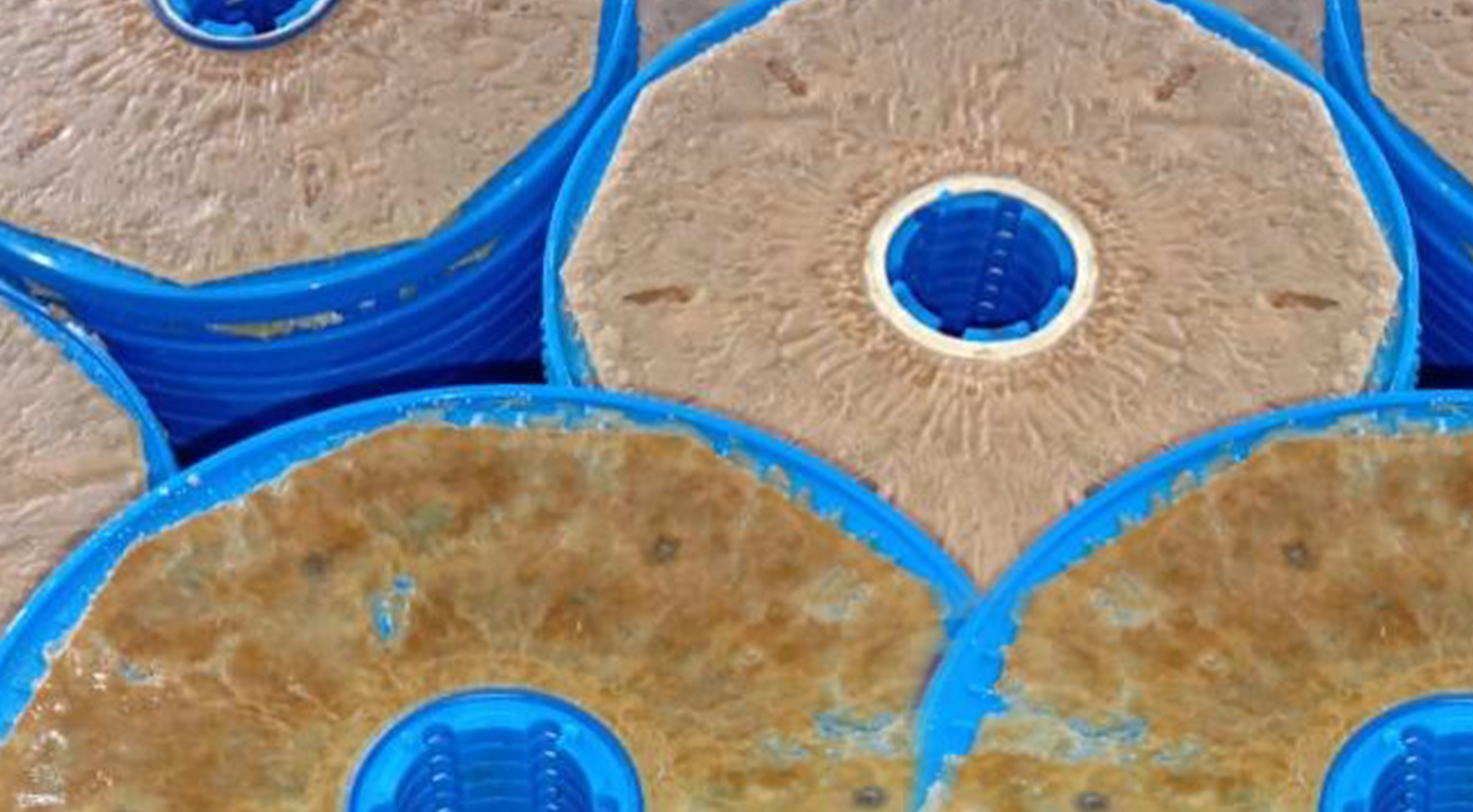Various industries use membrane filtration systems for different applications, as they require reasonably little maintenance as compared to other treatment and separation systems. Still, these systems are prone to fouling. However, there are several ways to prevent membrane fouling and keep your system running efficiently.
Membrane-based filtration technologies such as Reverse Osmosis, Nanofiltration, and Ultrafiltration use semi-permeable membranes for separating dissolved solids from the liquid. During this process, contaminants get deposited on the surface of the filtration membrane. Thereby, restricting the smooth flow of feed water through the filter. Along with this, there are several other reasons which can lead to fouling, such as high content of biological particles in the feed water, low-quality membrane material and irregular process conditions. Membrane Fouling can lead to increased energy costs and decreased membrane flow. If not treated on time, the contaminants will continue to deposit on the membrane surface and it would require greater pressure to allow feed water to flow through, which will ultimately lead to irreparable damage to the components of the membrane system.
Steps to prevent membrane fouling
Periodic cleaning & maintenance
Maintenance plan depends upon the design of the membrane filtration system and the types of contaminants involved. There are two types of maintenance and cleaning strategies:
- Mechanical Cleaning - It involves the breakdown of contaminants from the membrane through the use of physical force. Common methods include vibrations and backwards or forward flushing.
- Chemical Cleaning - It involves the usage of acids, chemical solutions, and dispersants which help in breaking down the foulants from the surface of the membrane.
Pretreatment
The membranes used in Reverse Osmosis and Nanofiltration have small pores. Therefore, it is important to pretreat the process stream to avoid membrane fouling. There are several pretreatment options available to choose from, such as coagulation, flocculation, media filtration, chemical pH adjustment and ion exchange.
Design of the system
Prevention is better than cure. Therefore, good planning and design can help in avoiding membrane fouling in the first place. There are many different aspects that help in the proper functioning of the membrane filtration system, these include:
- The material of the membrane
- Size of the membrane’s pores
- Operating conditions
All these factors including the properties of the membrane, such as its surface ionic exchange, pH tolerance level, hydrophobicity can determine the resistance of the membrane to fouling.
Due to the complex nature of these factors, it is best to consult the best in the business. Rochem India provides highly advanced wastewater treatment solutions through a variety of membrane-based technologies such as DT-RO, Spiral+RO, etc and caters to a wide range of industries, without compromising on the quality and efficiency of the system.
Save, recycle & reuse water, install your wastewater purification plant now:
E-mail - sales@rochemindia.net
Call - +91 (22) 6704 9000
To know more Follow us on Facebook, Instagram, LinkedIn and YouTube.

